We turned to Dr Guy Morris, MBChB (honours) MRCOG at BCRM and asked to explain more about the tests associated with embryo transfer. We also asked him about the ever so clever sounding ’embryo glue’ – can it really work?
Mock embryo transfer
A “mock” or “dummy” embryo transfer is a trial run for the embryo transfer procedure. It can help to ascertain if the actual transfer, with the embryo, is likely to encounter difficulties. These difficulties may include deviations or narrowing of the passage leading to the womb (uterus) which may make the embryo transfer more difficult. A mock embryo transfer may be helpful in women that have had a difficult transfer previously or had treatments to the neck of the womb (cervix) that increase the chance of a narrowing.
Endometrial Receptivity Assay (ERA)
This is a test that is performed on the endometrium in a mock cycle prior to the embryo transfer. The aim of the test is to identify the optimal time for an embryo to be transferred into a woman’s uterus with the highest chance to implant, known as the window of implantation. ERA involves taking a biopsy of the endometrial lining of the uterus and testing the tissue with the results being analysed in a computer model. The endometrium will be categorised as either receptive, pre-receptive, or post-receptive.
In the subsequent embryo transfer cycle, the patient will then have the embryo transfer taking place at the optimal time for her specific window of implantation based on the ERA test. This would theoretically increase the chances of the embryo implanting successfully and the patient having a baby. However, there is a question over whether a patient has the same window of implantation for each of their cycles of treatment.
The ERA test is rated “Red” in the Human Fertilisation and Embryology Authority “treatment add-ons” Traffic light system. This means that “The use of ERA as part of fertility treatment in healthy patients is rated red. This is because there is no evidence from randomised controlled trials (RCTs) to show that they are effective at improving the chances of having a baby for most fertility patients.” (HFEA, 2022). If a woman has had multiple unsuccessful embryo transfers then she may wish to discuss whether the ERA test may add any extra information in her care but this should discussed in detail with her Fertility Consultant.
Endometrial scratch/injury
Endometrial scratching is carried out before an embryo transfer with the aim of improving the chance of implantation. During the procedure the lining of the womb (the endometrium) is ‘scratched’ using a small sterile plastic tube.
The theory is that this procedure triggers the body to repair the site of the scratch, releasing chemicals and hormones that make the womb lining more receptive to an embryo implanting (HFEA, 2022). The HFEA has rated endometrial scratch “amber” on their traffic light system because there is conflicting evidence from randomised controlled trials (RCTs) to show that it is effective at improving the chances of having a baby for most fertility patients (HFEA, 2022).
A recent large review of the studies into endometrial scratch for IVF reported that the effect of endometrial scratch on achieving a live birth is unclear. Endometrial scratch did not appear to affect the chance of miscarriage and involves a somewhat painful procedure associated with a small amount of bleeding. The authors concluded that current evidence does not support the routine use of endometrial injury for women undergoing IVF (Lensen et al., 2021).
EmbryoGlue (Hyaluronate enriched medium)
Hyaluronate enriched medium contains a substance called hyaluronic acid (HA) and is added to the dish in which the embryos are kept before being transferred. The aim is to improve the chance of the embryo implanting in the womb EmbryoGlue is an example of a hyaluronate enriched medium.
The HFEA traffic light system rated hyaluronate enriched medium as “Amber” because there is conflicting evidence from randomised controlled trials (RCTs) to show that it is effective at improving the chances of having a baby for most fertility patients (HFEA, 2022). A recent review of the studies into hyaluronate enriched medium found that moderate‐quality evidence showed improved live birth rates with the addition of HA.
Low‐quality evidence suggested that adding HA may slightly decrease miscarriage rates, but when they only included studies at low risk of bias, the results were inconclusive. The review found an increase in multiple pregnancy rates with the addition of HA but commented that this may be related to due to combining HA and transferring more than one embryo. (Heymann et al., 2020).
Progesterone Test
Progesterone is a vital part of luteal support for the early pregnancy. Whether the progesterone is produced “naturally” by a corpus luteum (ruptured follicle) or provided as a medicine by the fertility clinic it plays an integral role in preparing the lining of the womb for the embryo and supporting the early pregnancy development. Testing progesterone on the day of transfer is done in some fertility units as there is evidence that low levels of progesterone are associated with a reduced chance of success (Veleva et al., 2013). However, the optimal values for progesterone and oestrogen in the blood around the time or embryo transfer are not known. Ongoing research is trying to establish the best regimes for embryo transfer including hormonal supplementation.
Regarding other tests and investigations, the HFEA makes clear that “For most patients, having a routine cycle of proven fertility treatment is effective without using any treatment add-ons.” If there are specific tests, investigations or treatments that you wish to explore this is best done in consultation with a fertility consultant that is able to tailor care to your specific circumstances and medical history.
Huge thanks to Dr Guy Morris, MBChB (honours) MRCOG. Subspecialty trainee in Reproductive Medicine and Surgery






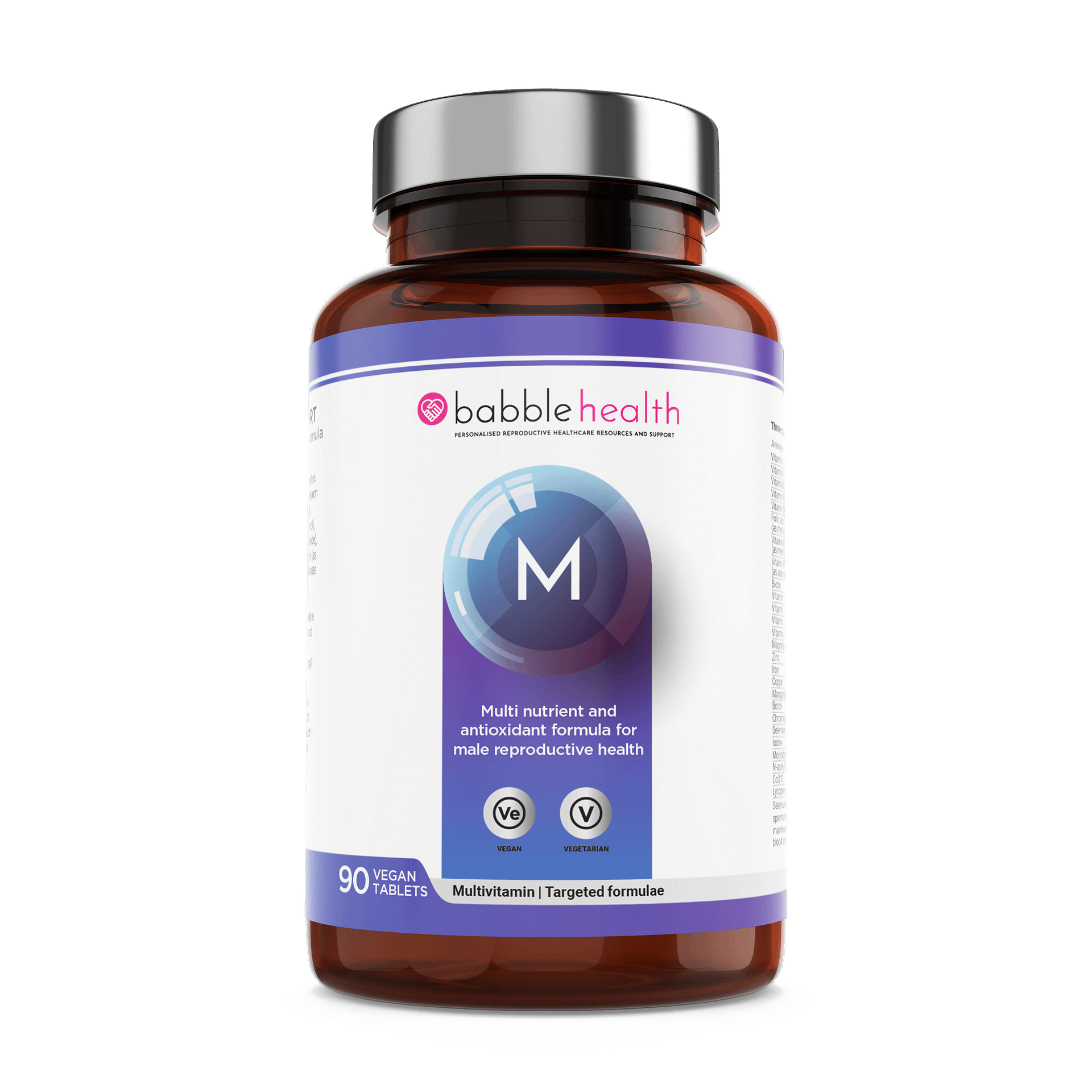
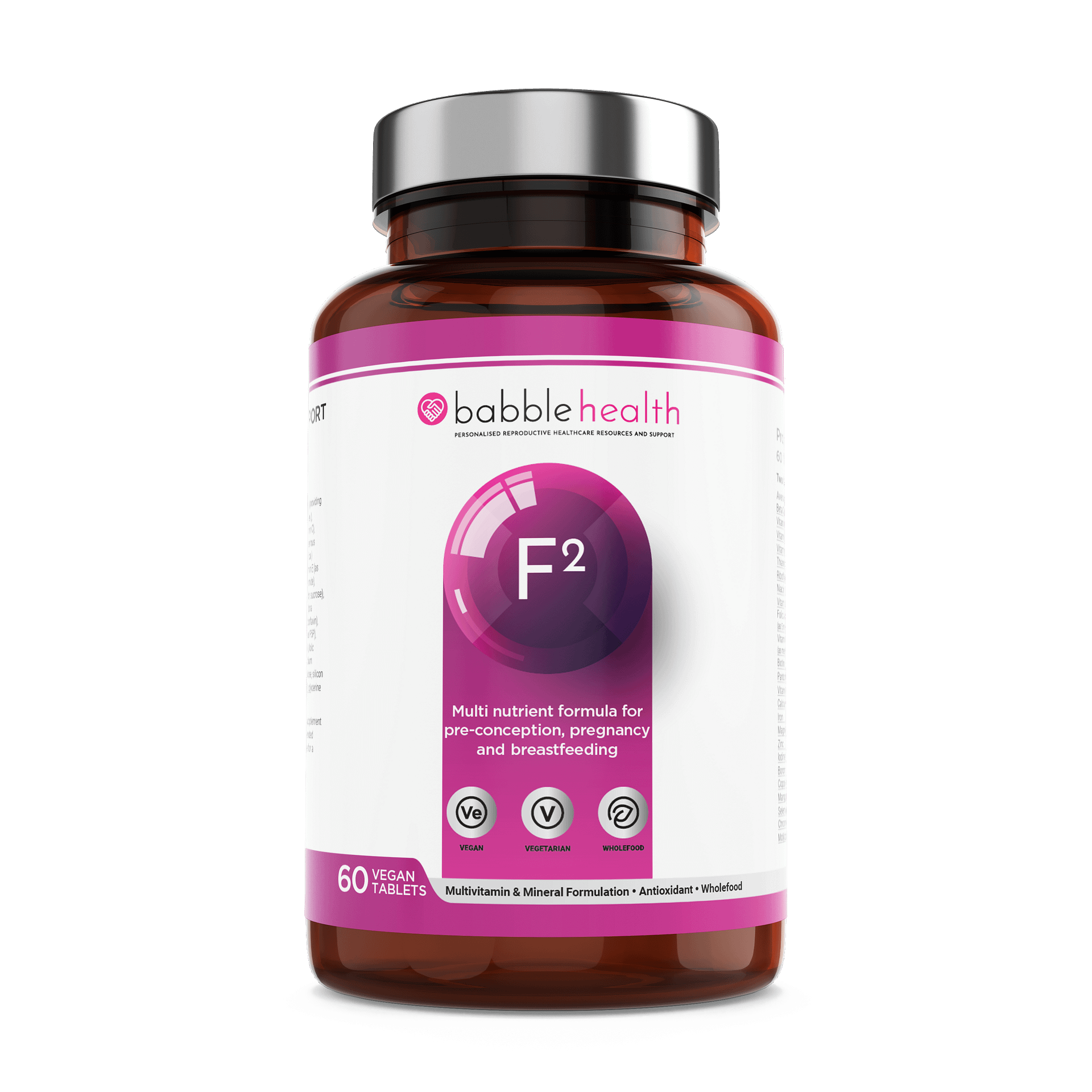
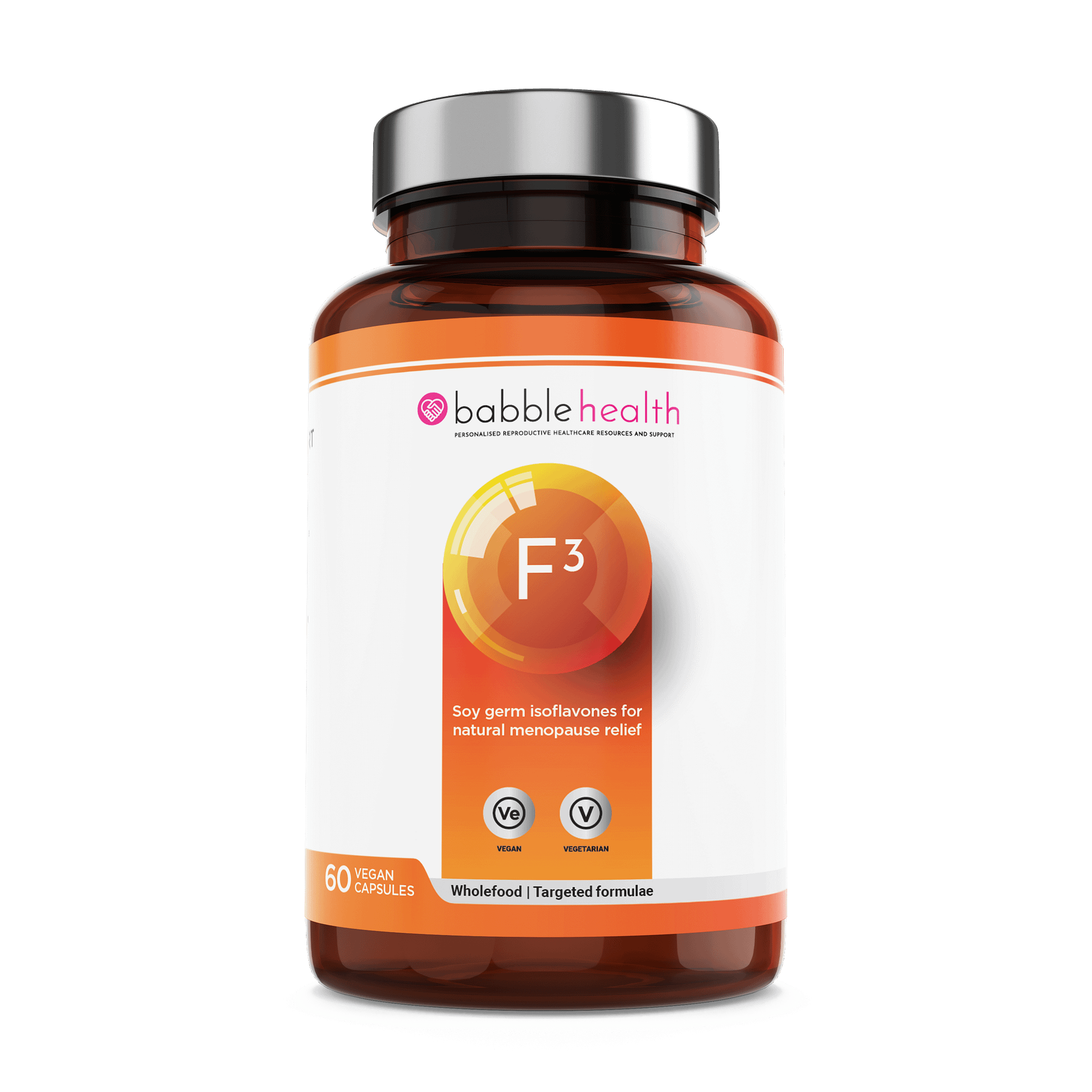
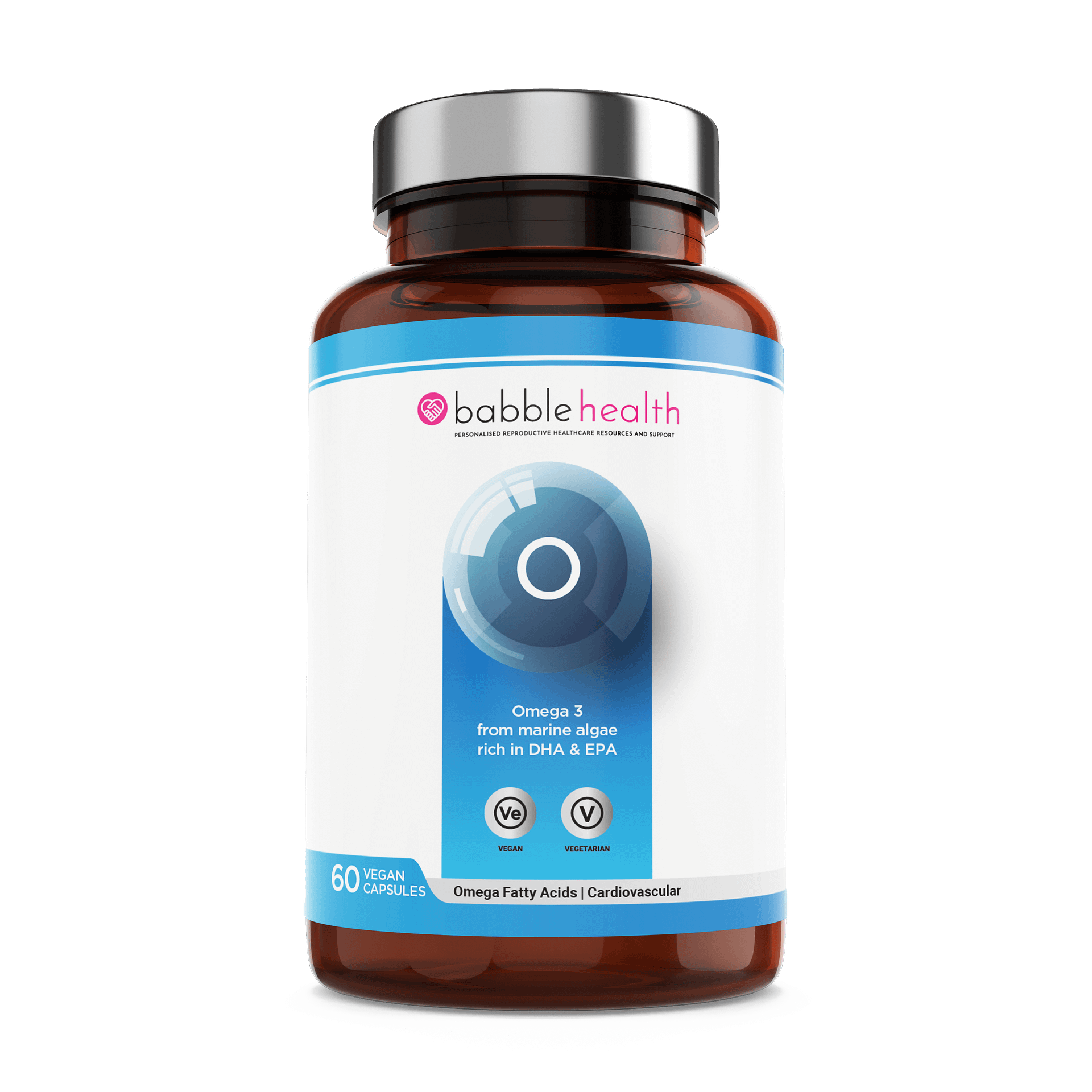

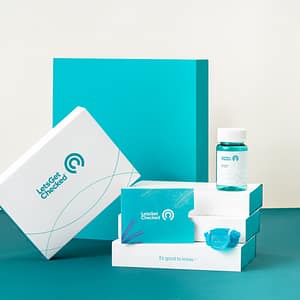
Add comment